While most people visit Israel for historic cities like Jerusalem, Tel Aviv is the country’s cultural capital. Founded in 1909 by Jewish immigrants in Jaffa, it’s located on the Mediterranean, making the atmosphere totally different. Whereas Jerusalem is still conservative because of the faiths that converge there, Tel Aviv is where the young people live.
Modern Israelis don’t cover themselves up as much, party all night, and still do things during Sabbath. If you want to experience what is really happening in the country, give yourself a few days to live like a local in the White City before venturing out.
Editor’s Note: This post was written long before the war between Israel and Hamas.
This post contains affiliate links that can earn this website a small income. They will not cost you anything to use.
The Neighborhoods of Tel Aviv
What makes Tel Aviv unique is its neighborhoods, which are made up of nine districts. You almost forget that you’re in a major metropolis while wandering the streets. The city also has a large collection of Bauhaus architecture, a fact that surprises many.
Jaffa was the original settlement in the area, founded around the port. It’s the site of both early churches and mosques. Artists have moved into the Old City area through incentives and it’s now full of shops and galleries. Trendy restaurants and nightlife spots have also opened along the street that runs parallel to the beach. The flea market is also a popular stop.
Rothschild Boulevard is the arts corridor with unique UNESCO-listed architecture centered around a wide, pedestrian-friendly street shaded by trees. Cafes with outdoor seating also line the street, making it a popular spot for brunch. The street also runs through the city’s financial district.
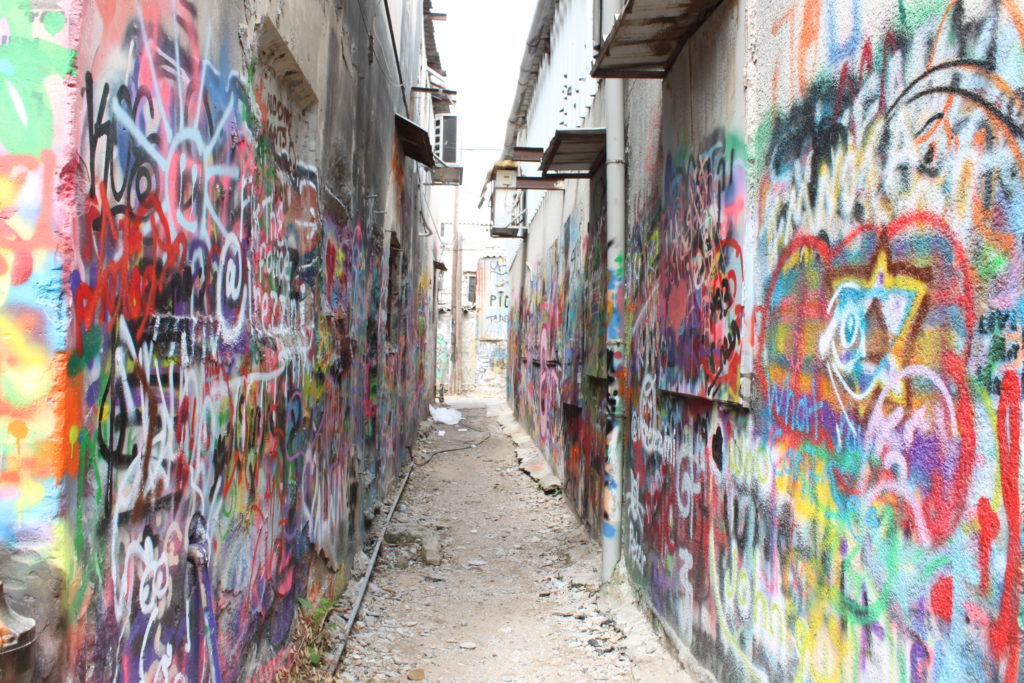
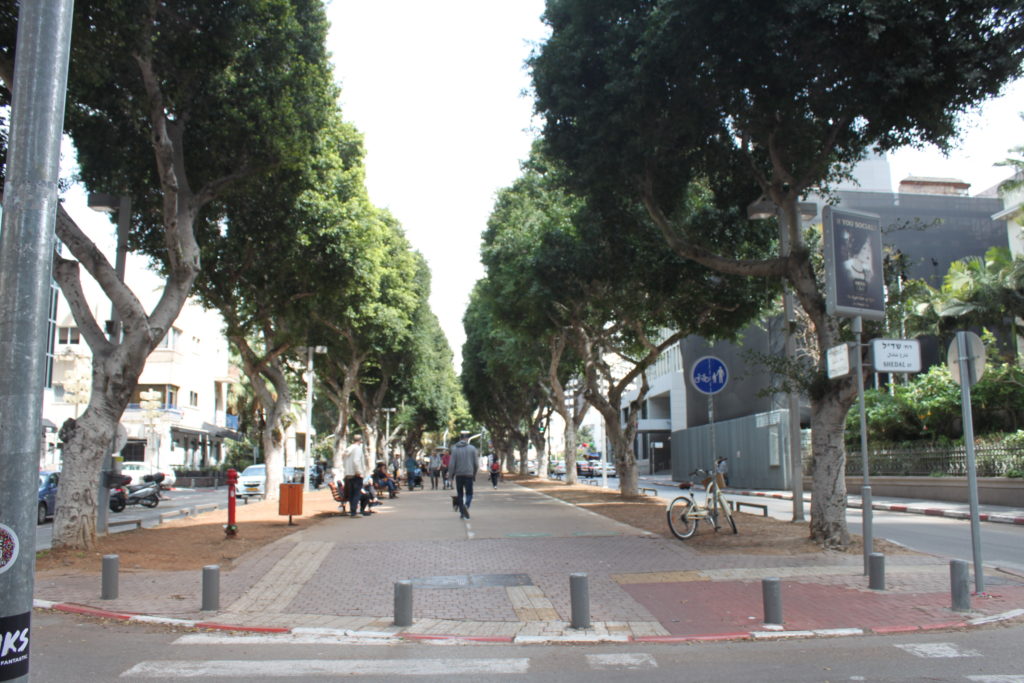
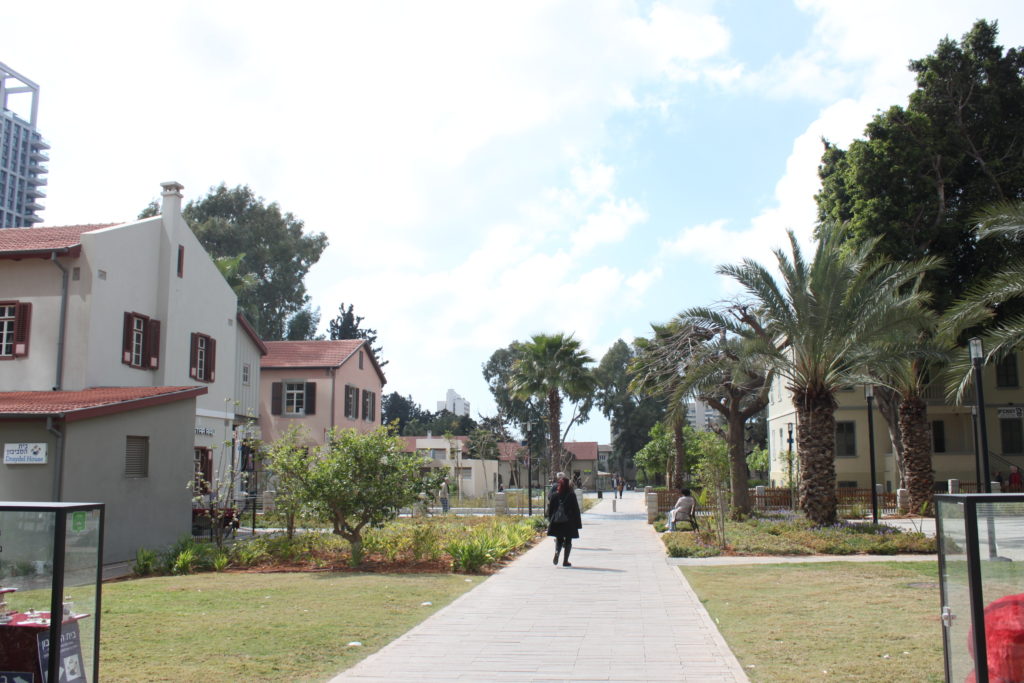
Neve Tzedek is another area known for its shops and restaurants, although is more residential. Shabazi Street is its main thoroughfare. It was one of the first suburbs to be established after the founding of Jaffa. Poets and artists settled here and not much has changed since then.
Florentin was once an impoverished community but is now known for its street art and hip residents. Just about every corner now has a colorful mural. It also has a number of coffee shops, markets, bars, and art galleries.
Sarona was settled by German Templers during the Ottoman reign in 1871. Today, you can still see examples of the buildings established by Europeans, now turned into restaurants and boutiques. The Sarona Market is the most visited part of the district, a trendy food hall. It’s also home to WeWork, just one of the many co-working spaces in the city.
Restaurants and Cafes in Tel Aviv
Israeli food is some of the best in the world and also happens to be vegan-friendly. Vegan eateries are found all over Tel Aviv, including dairy free ice cream and meat-free burger joints. Seek out the traditional eateries as well as the international cuisine found here.
Onza– Over in Jaffa, this is just one of the many great restaurants in the beachside area. The Turkish inspired menu features pides, kebabs, and mezzes. Dine on the patio or in the private dining area above the bar. The wine list has selections from Europe, the Americas, and Israel.
Benedict– Named for the quintessential brunch dish, Benedict is a favorite spot for daily morning eats. Try the namesake, the “egg balls,” or Israeli breakfasts. Feel free to imbibe as well with the menu of wine and bubbles.
Taqueria– I wouldn’t call it authentic Mexican food, but it’s as close as you’re likely to find in the Middle East. The small space is busy nearly every night with those dining on tacos, quesadillas, burritos, and sipping the decent selection of tequila.
Hummus Beit Lehem– You may have had hummus before, but you haven’t until you have in Tel Aviv. I went with a tour guide to a small restaurant, I believe this one, for lunch. I dined entirely on hummus and pita, the creamiest I’d ever had. Get it with tahini for the full experience and bring cash.
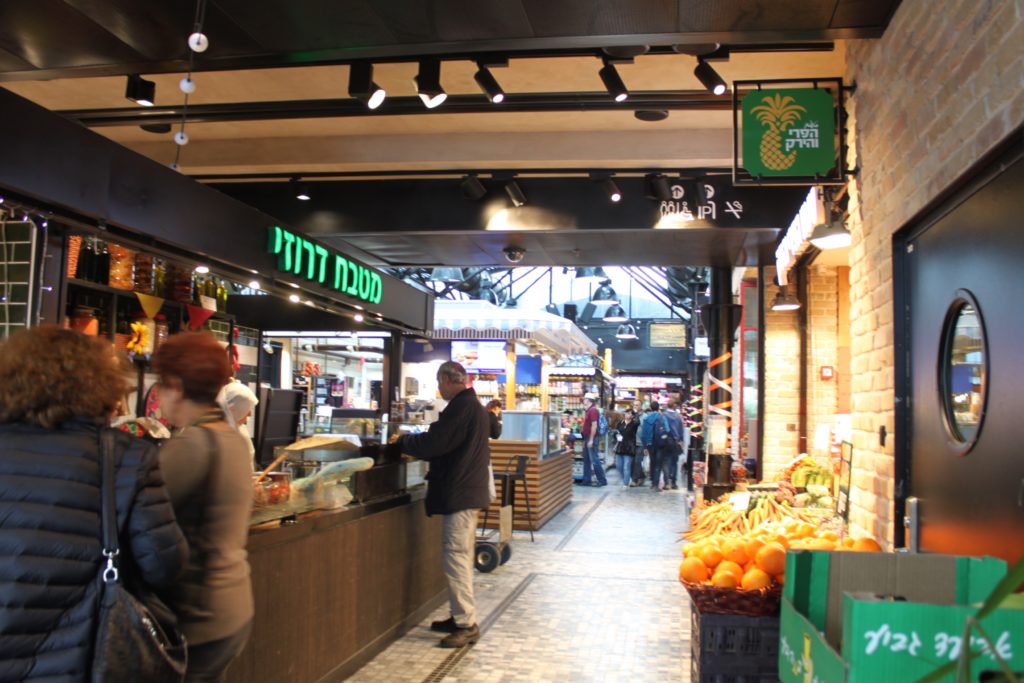
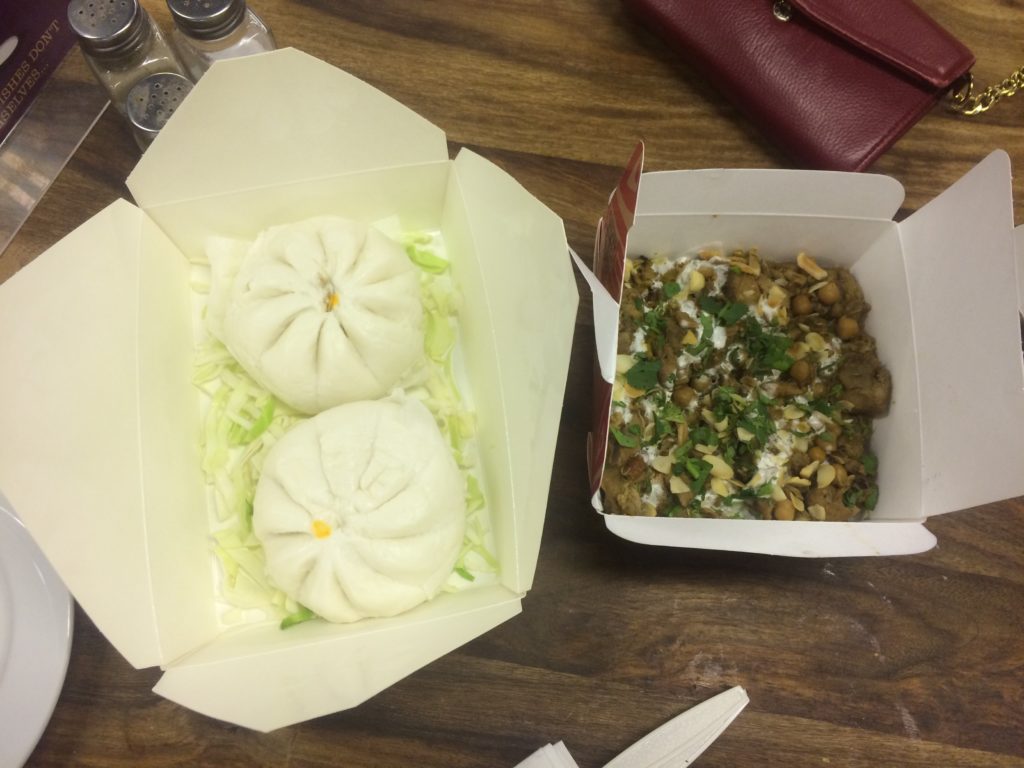
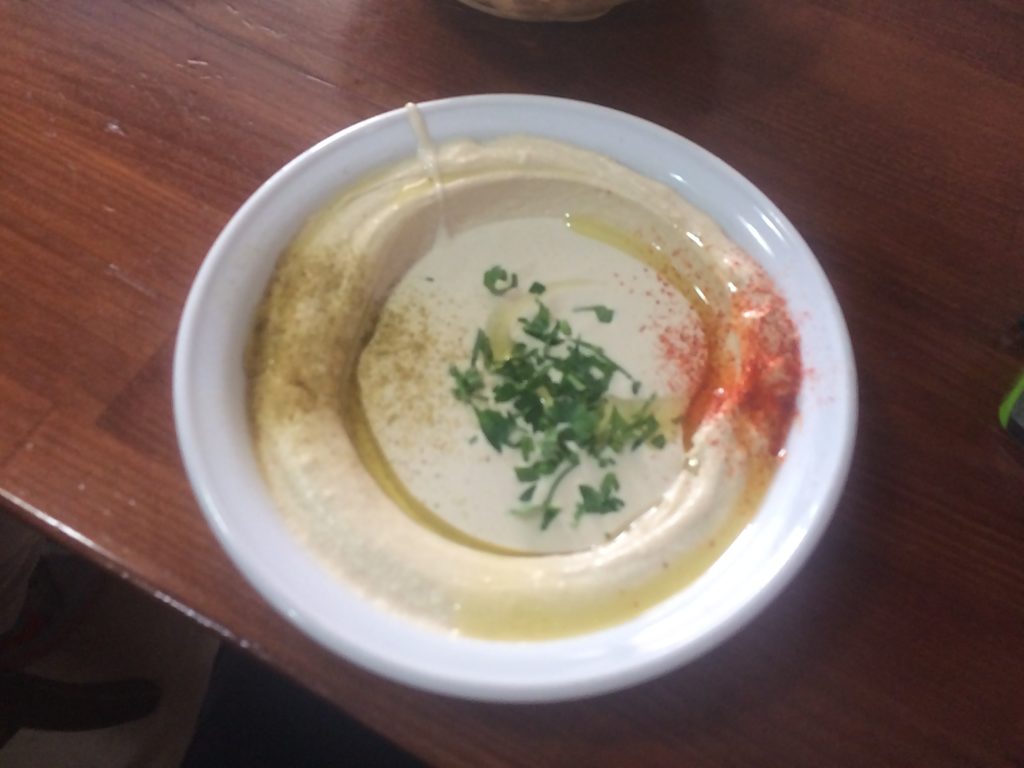
Sarona– Sarona Market is the most popular foodie destination in the city. Reminiscent of New York‘s Chelsea Market, you can dine on dozens of vendors for a sit-down meal or a quick bite. A few retail stalls are also set up to sell fruit and gifts.
Meier Market– I happened upon this place by chance as I was walking back to my hostel via Allenby. This newer food hall is smaller than Sarona but sells cuisine ranging from Thai to Chinese to South African to Mexican.
HaCarmel Market/Allenby– And for an authentic local market, shop for mostly food but also random goods and sweet treats at the Carmel Market. You can get the falafel pictured above for the equivalent of $2 USD.
Tel Aviv Bars and Nightlife
If you think that New York City is the “city that never sleeps,” you’ve clearly never been out in Tel Aviv. Go out on a weekend and things are still in full swing at 4 am. Most people don’t leave to go to bars until at least 10 pm. The city is also one of the most LGBTQ-friendly in the world.
JIMMYWHO? Bar & Lounge– This three in one bar has two spaces up front with a dance floor and a VIP area behind a secret door. DJs play throughout the night.
Sputnik Bar– This multi-roomed bar takes inspiration from Communist Russia. It’s got multiple bars and an outdoor patio.
Suzanna– The restaurant is known for its Mediterranean fare and Kibbeh soup, but the rooftop bar is a cozy spot that opens daily at 7 pm.
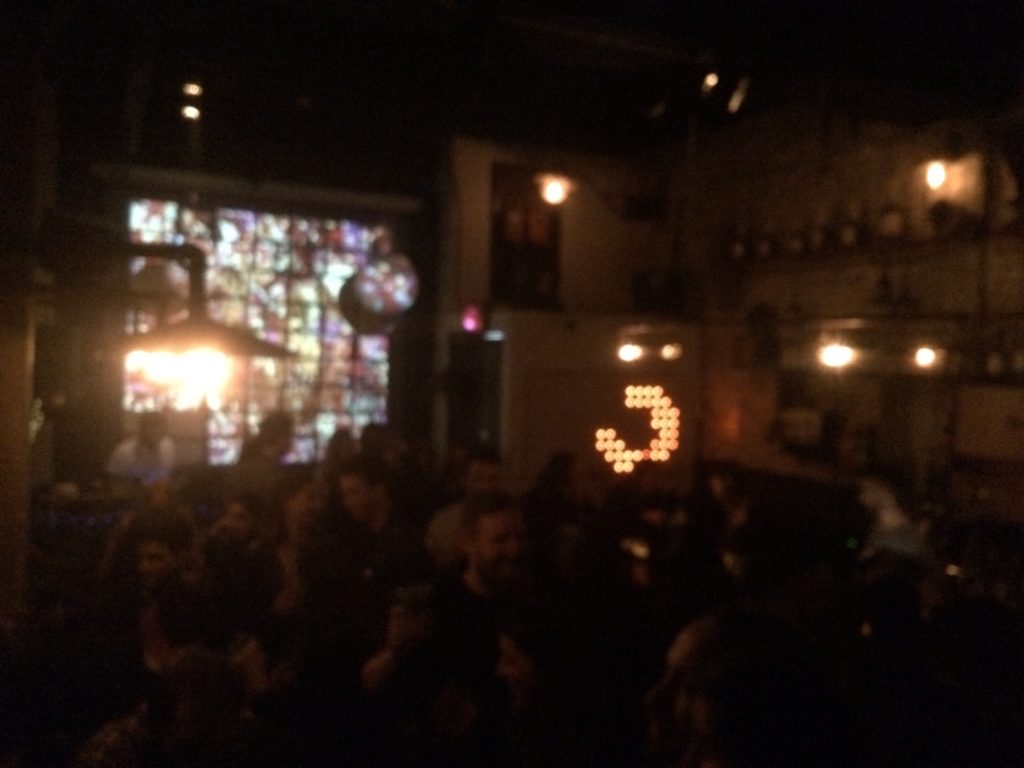
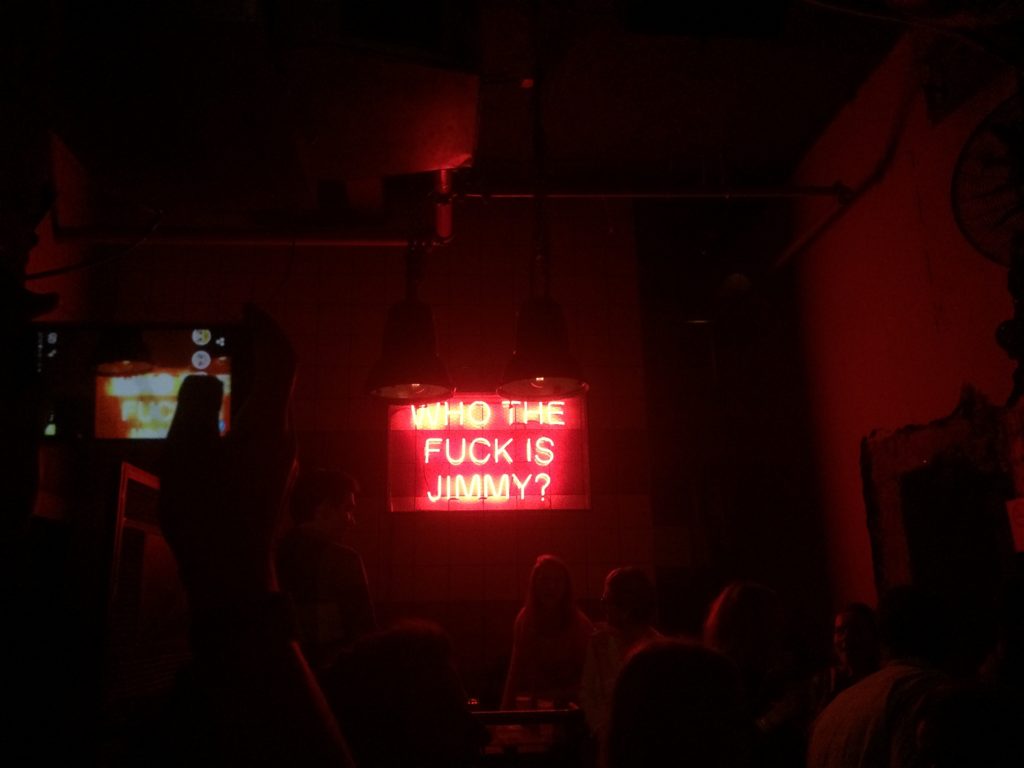
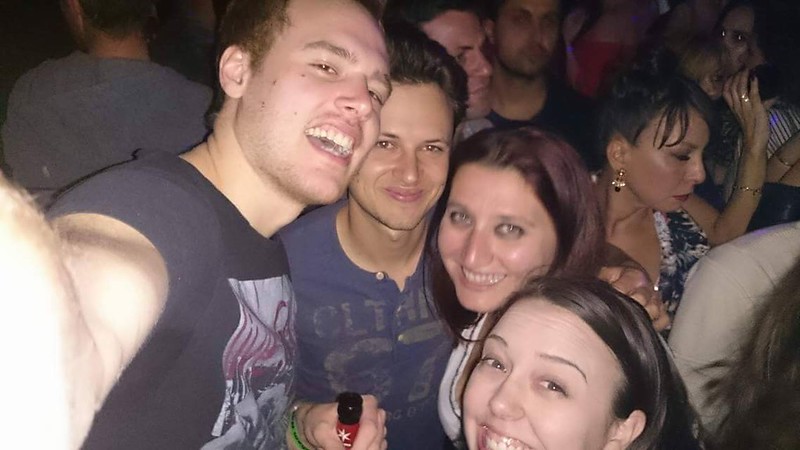
Piano House– Also known as Beit Hapsanter, you can party all night in this dark, funky bar. They play house music reminiscent of a Berlin hotspot.
Cafelix – Central Tel Aviv– Get your caffeine fix at one of their locations around town. They roast their own coffees using a variety of methods and beans from Kenya, Guatemala, Papua New Guinea and beyond.
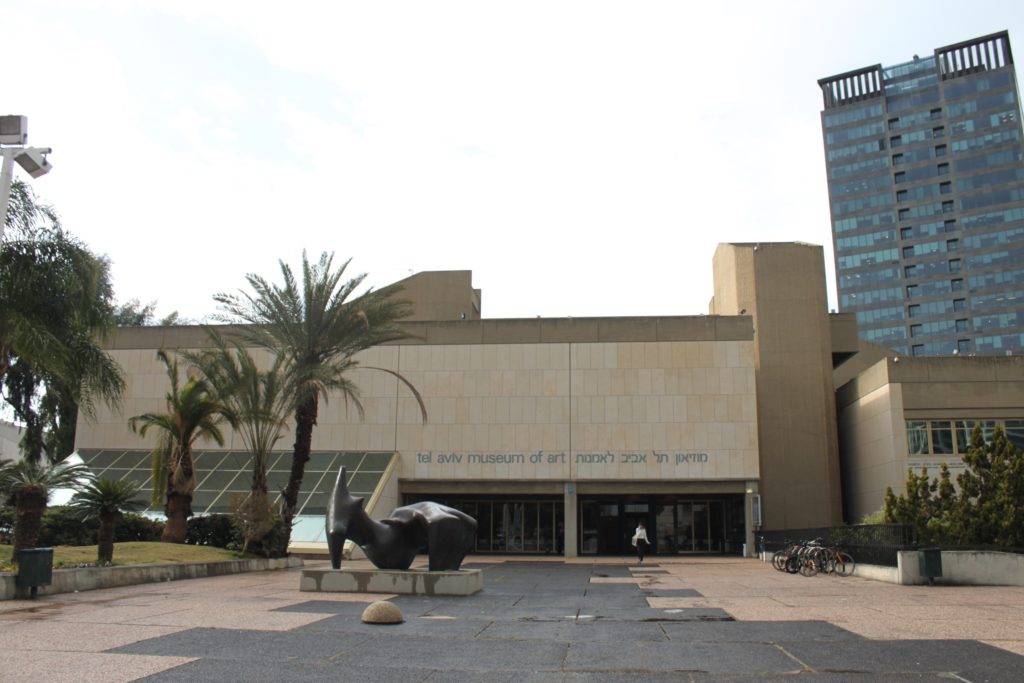
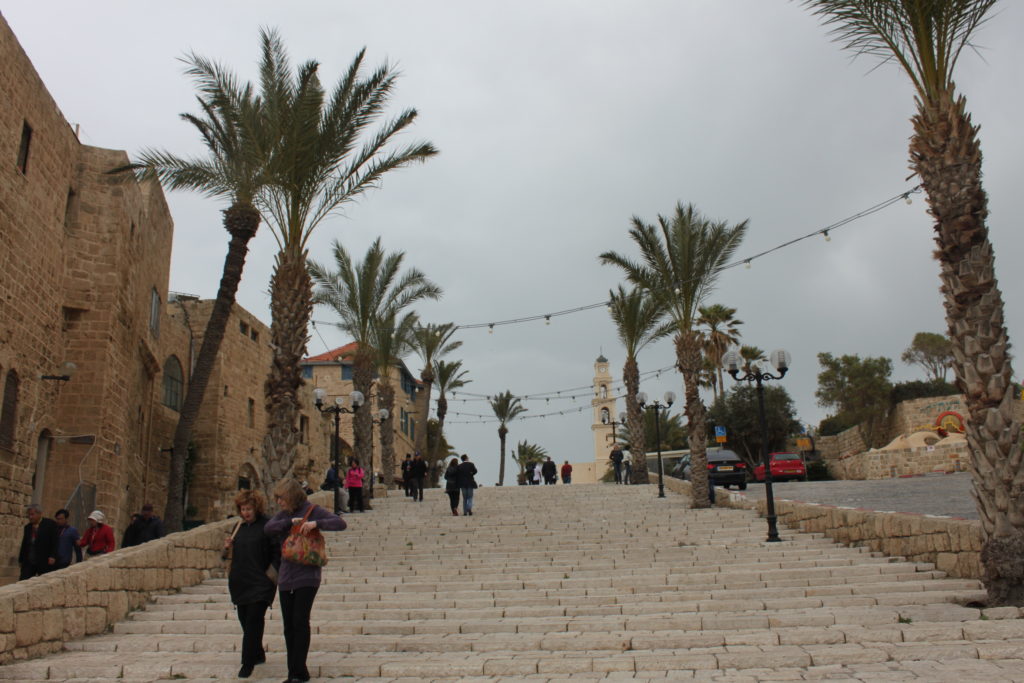
Things to Do in Tel Aviv
While Jerusalem has a checklist of things visitors should do, Tel Aviv is more about experiencing the city life. Some museums exist mostly for locals. There are, however, a few cultural experiences that can’t be missed.
Tel Aviv Museum of Art– Give yourself hours to explore the two buildings of this museum, which has works by Israeli and international artists. Originally founded as the home of the city’s mayor in 1932, it expanded into its current incarnation two decades later.
Eretz Israel Museum/Haim Levanon– This archaeological and cultural museum covers different elements of Israeli life from daily objects to tattoos. It has a planetarium and permanent collection.
The museum of the Jewish people– Located on the campus of Tel Aviv University, Beit Hatfutsot, as it’s more commonly known, is an innovative museum that documents Jewish communities worldwide.
Free walking tour– A number of groups run free walking tours of the city. Sandeman’s offers one in Jaffa and a paid general city tour. The city also runs free tours of the White City cultural quarter.
Other tours– I booked a street art tour through Abraham Hostels, but their activities are open to all, not just guests. They also run a vegan food tour, a general city tour, and a bike tour.
Shopping in Tel Aviv
You can’t leave Tel Aviv without shopping for souvenirs. Visit the local markets for the best bargains. Art pieces are also worth buying here, especially in Jaffa.
Nahalat Binyamin St Market– When it comes to arts and crafts, this market is the best place to buy, located near Carmel Market twice a week. Live music and food vendors set up alongside local artisans.
Dizengoff Center Mall– For buildings full of both chain stores and local outlets, visit the sprawling mall complex near the art museum. There’s even a movie theater inside.
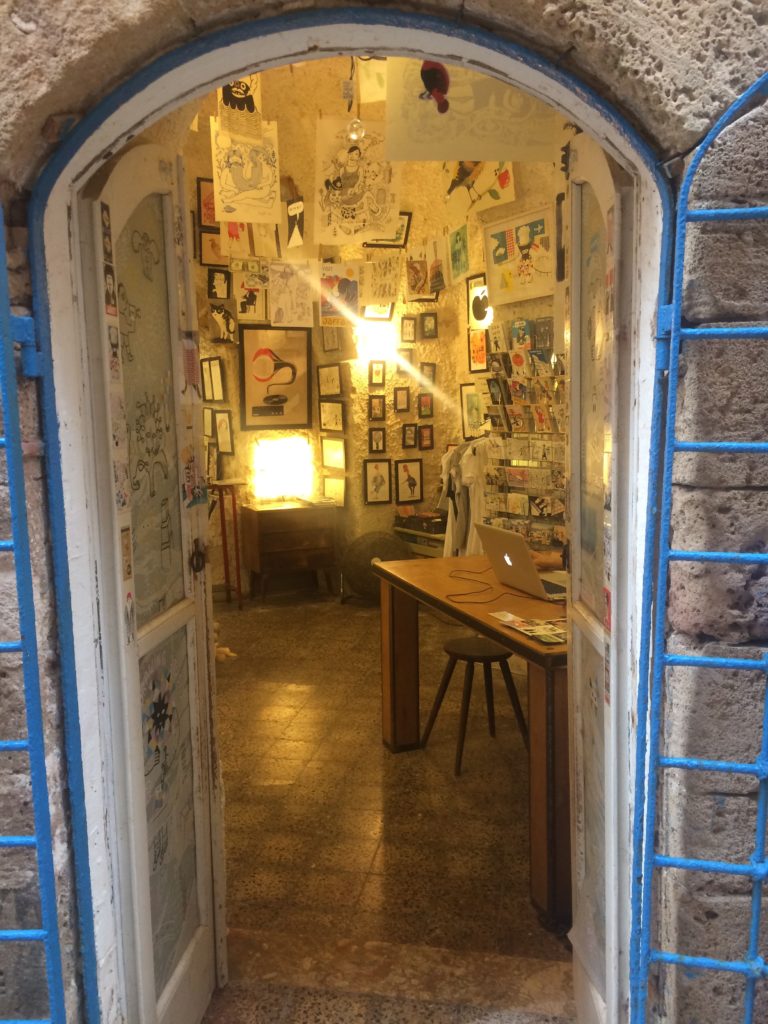
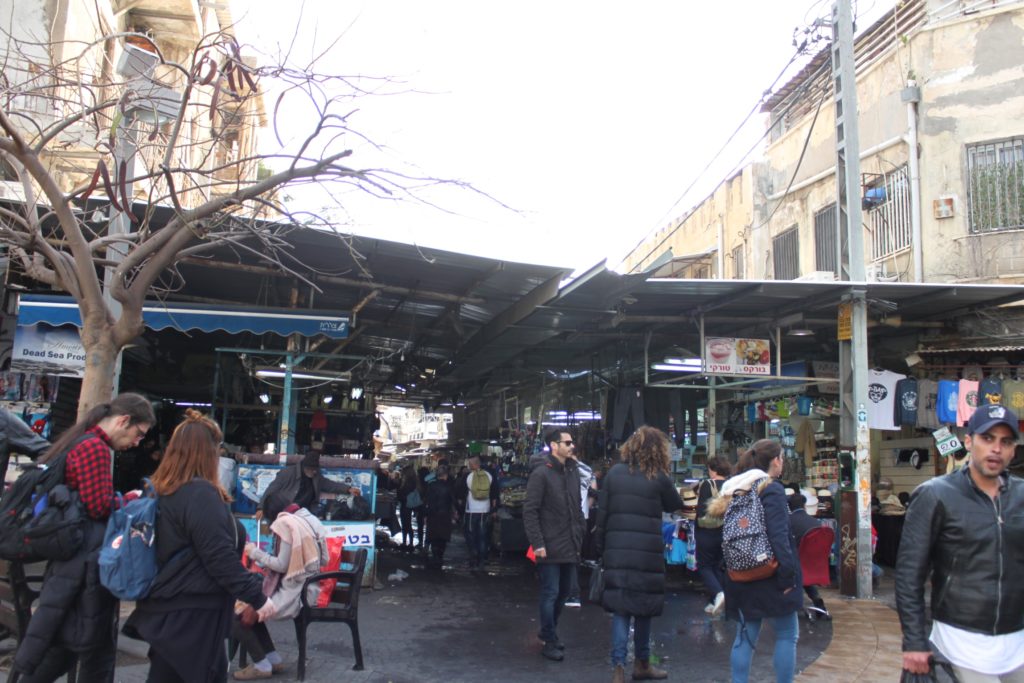
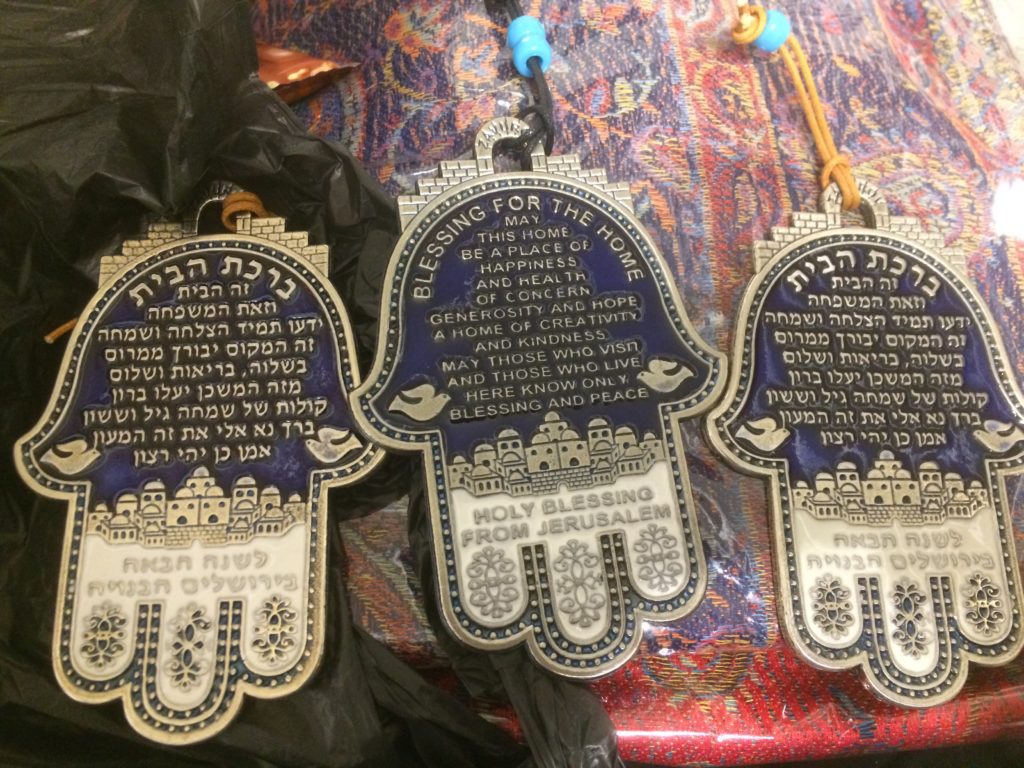
Flea Market/Yefet– Jaffa as a whole is a great place to shop, especially Old Jaffa’s art galleries, but the flea market sprawls over streets six days a week. You never know what you might find!
Sagart by Lian Idan-Saga– Browse for locally made goods, specifically ceramic minimalist jewelry and other art pieces in this Old Jaffa shop.
Shabazi Street– For independent boutiques alongside trendy wine bars, take a long stroll down this residential street.
Ginger– This store is inspired by global designs and carries home goods and fashion.
Where to Stay in Tel Aviv
There’s no shortage of places to stay in Tel Aviv for any budget. Save money for food and nightlife by staying in a hostel or go for the local experience with an apartment rental.
Abraham Hostel Tel Aviv– This stylish spot was my home for the few days I was in Tel Aviv and was perfectly located for getting around the city. It’s surrounded by great restaurants and has nightly activities like Shabbat dinner, hummus making class, and pub crawls. Enjoy a drink on their rooftop terrace and daily breakfast included in your stay.
Florentin House Tel Aviv Hostel– For a unique stay in the city’s hippest neighborhood, try this high design hostel. It has both private and dorm rooms along with a terrace and in-house restaurant.
Little Tel-Aviv Hostel– Located near Abraham, this hostel boasts a relaxing courtyard, dorms and private rooms, and WiFi throughout. It also is right next to shops and restaurants.
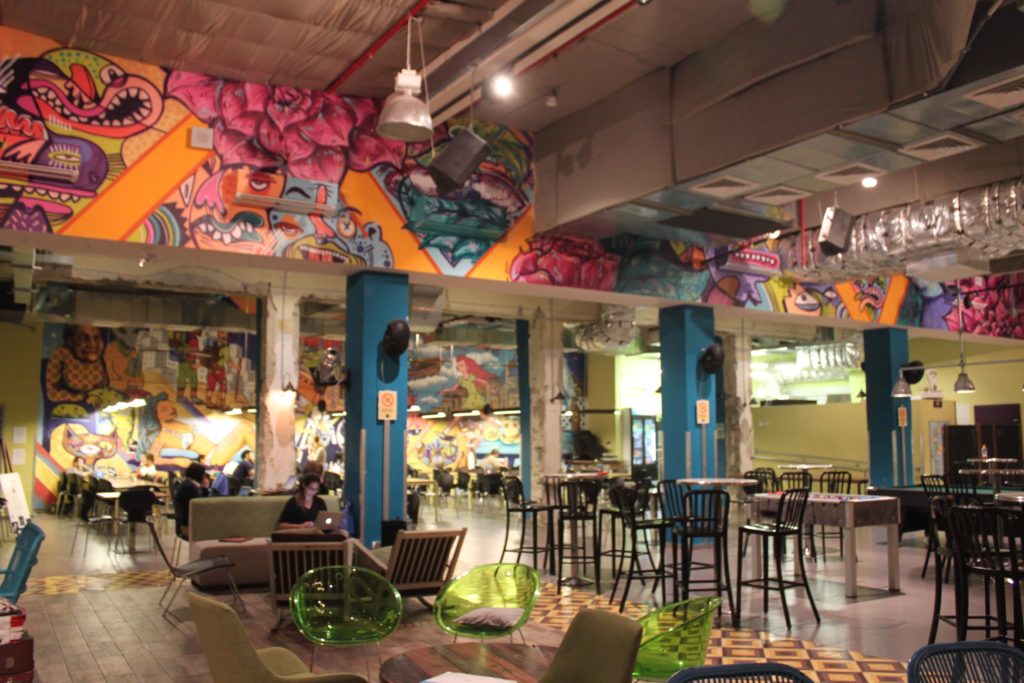
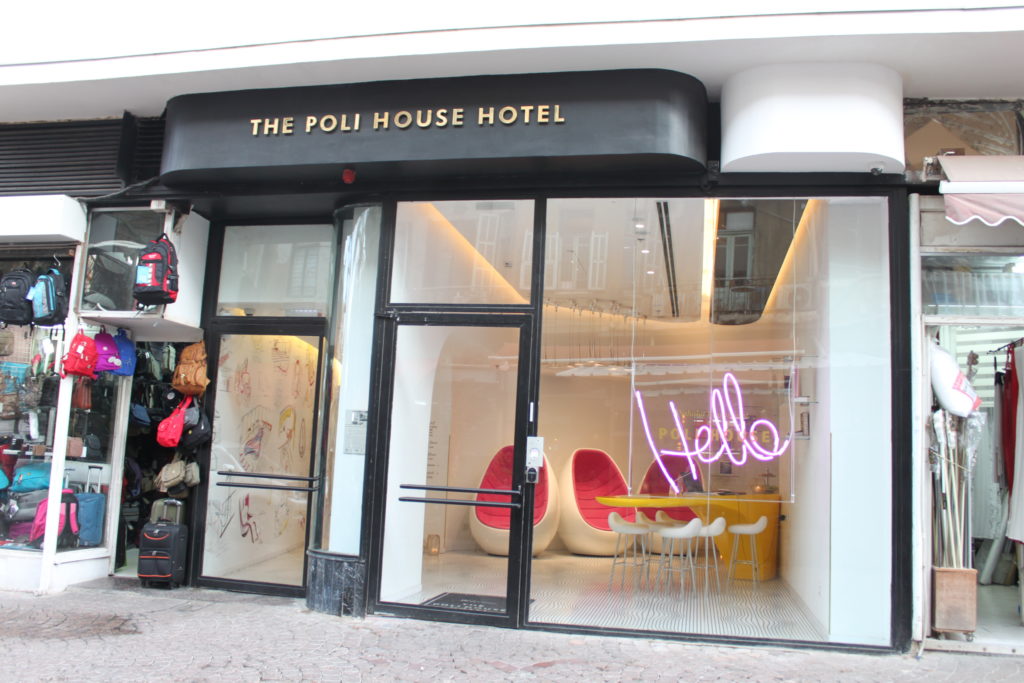
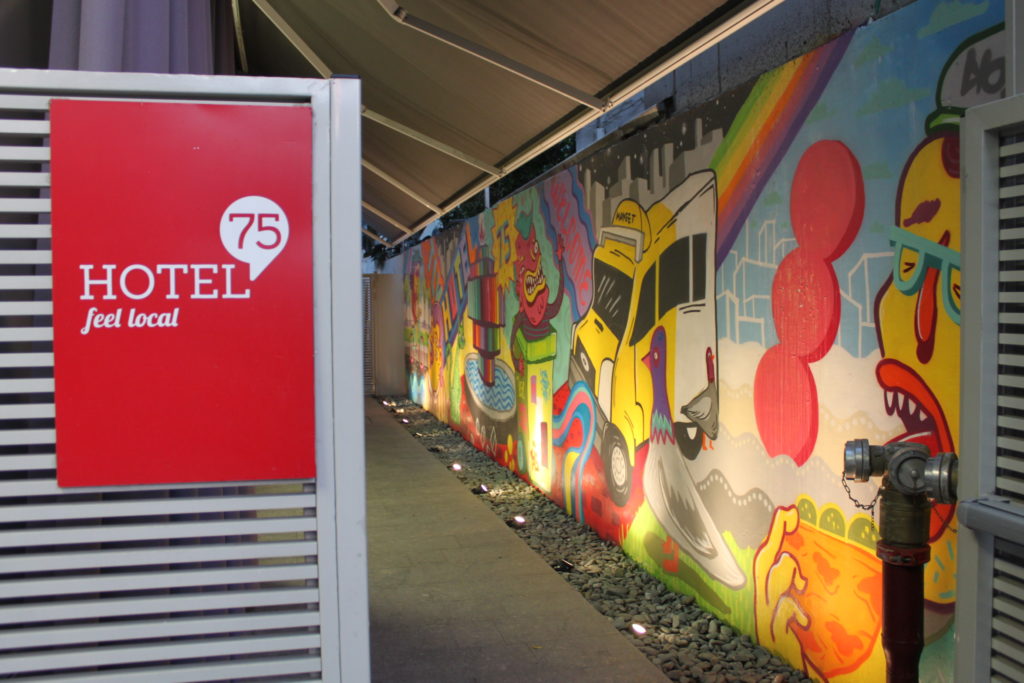
THE POLI HOUSE BY BROWN HOTELS– One of the city’s boutique hotels, Poli House is right across the street from the famous Carmel Market. With rooms designed by Karim Rashid, this property combines Bauhaus architecture with modern furnishings. It has a rooftop pool, spa, and restaurant.
Hotel 75 Tel Aviv– With the motto of “feel local,” it’s easy to do just that here. Located on bustling Allenby Street, the hotel is surrounded by nightlife, art, and shops. Rooms have urban-inspired design and free WiFi.
Airbnb– Experience one of Tel Aviv’s neighborhoods firsthand by staying in a local’s apartment. Try to look for rentals in Jaffa and Florentin.
Transportation in Tel Aviv
Much of Tel Aviv is walkable, especially the areas between Sarona and Jaffa. Rothschild Boulevard is another bike and pedestrian-friendly area. Tel-O-Fun stations offer bicycle rentals. But if you need to travel further, there are also public transportation options. The Rail Israel train runs directly between Ben Gurion International Airport and central Tel Aviv. They also run to Jerusalem, north to Haifa, and beyond.
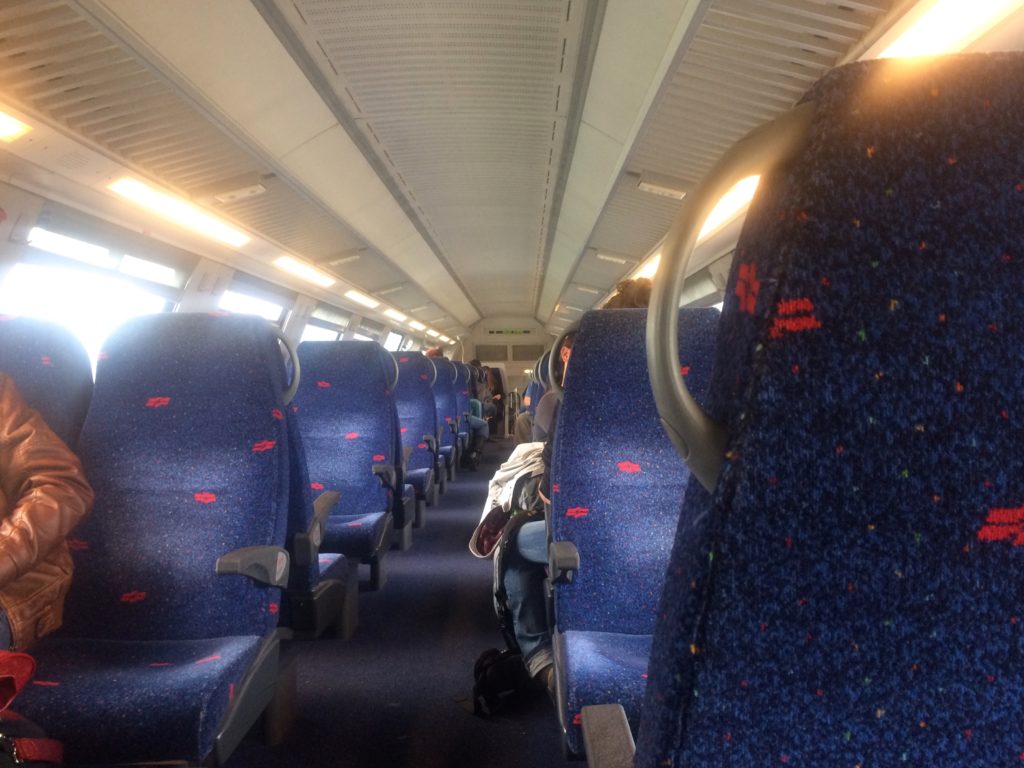
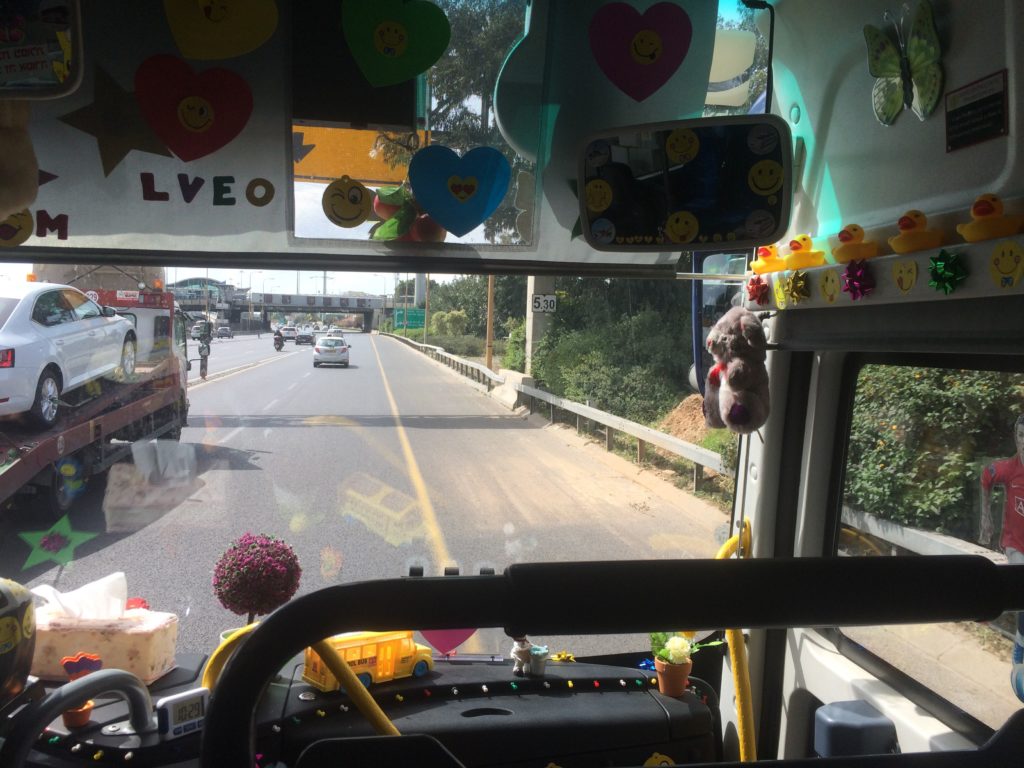
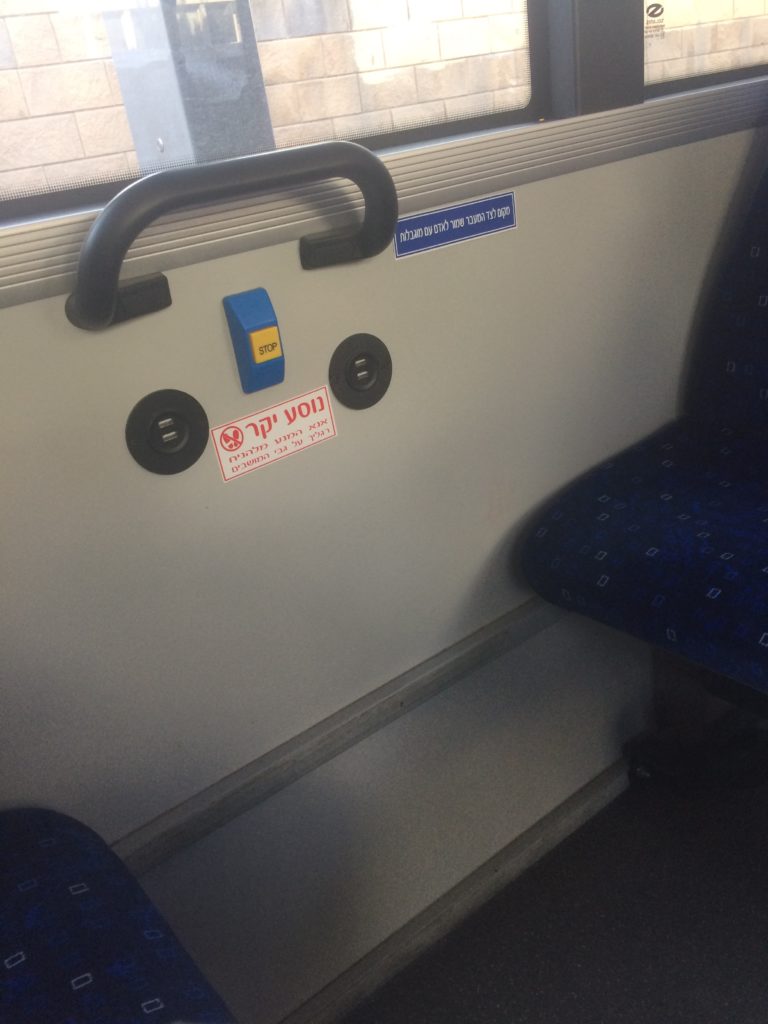
Buses are also easy to use, but you must flag them down and have cash ready. Apps like Moovit are helpful for planning journeys. Shared taxis are also common, especially as they run on Shabbat when other services do not.
PIN IT

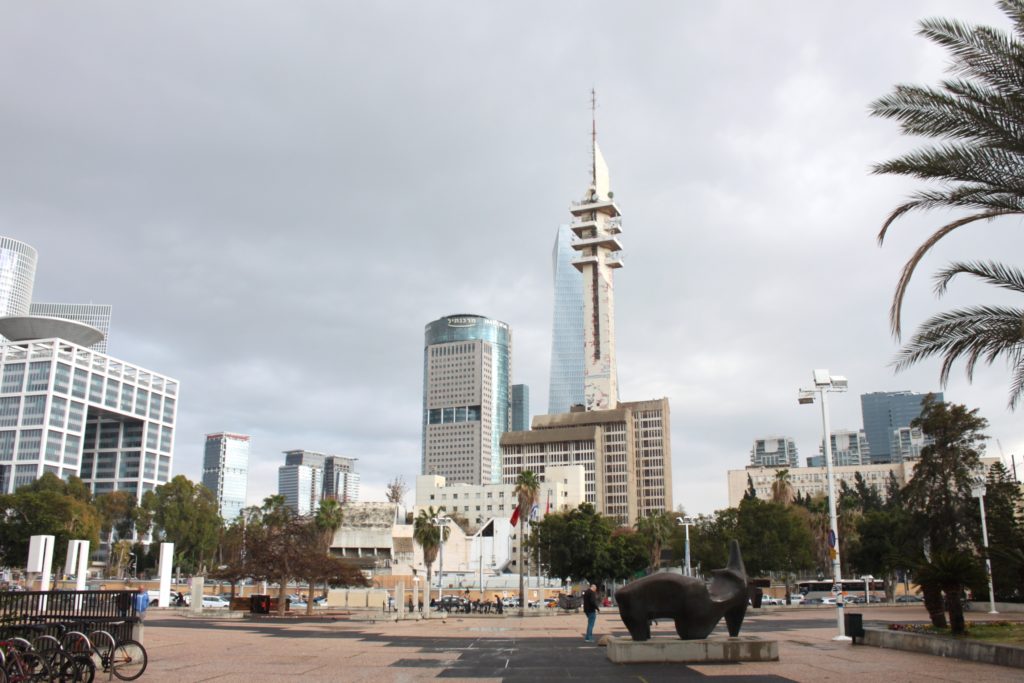
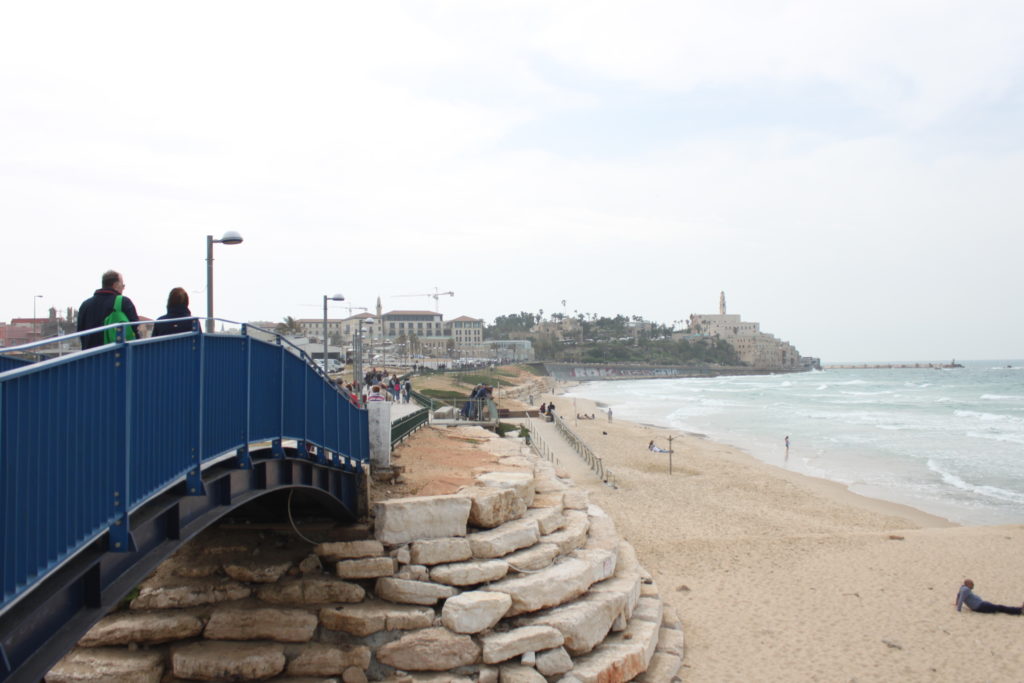
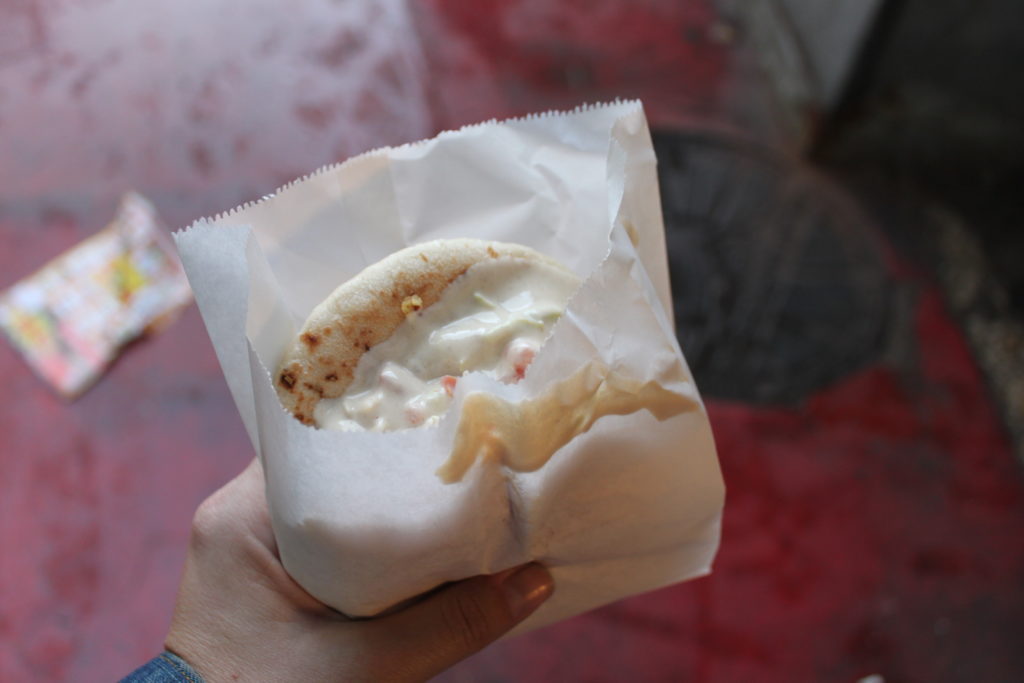
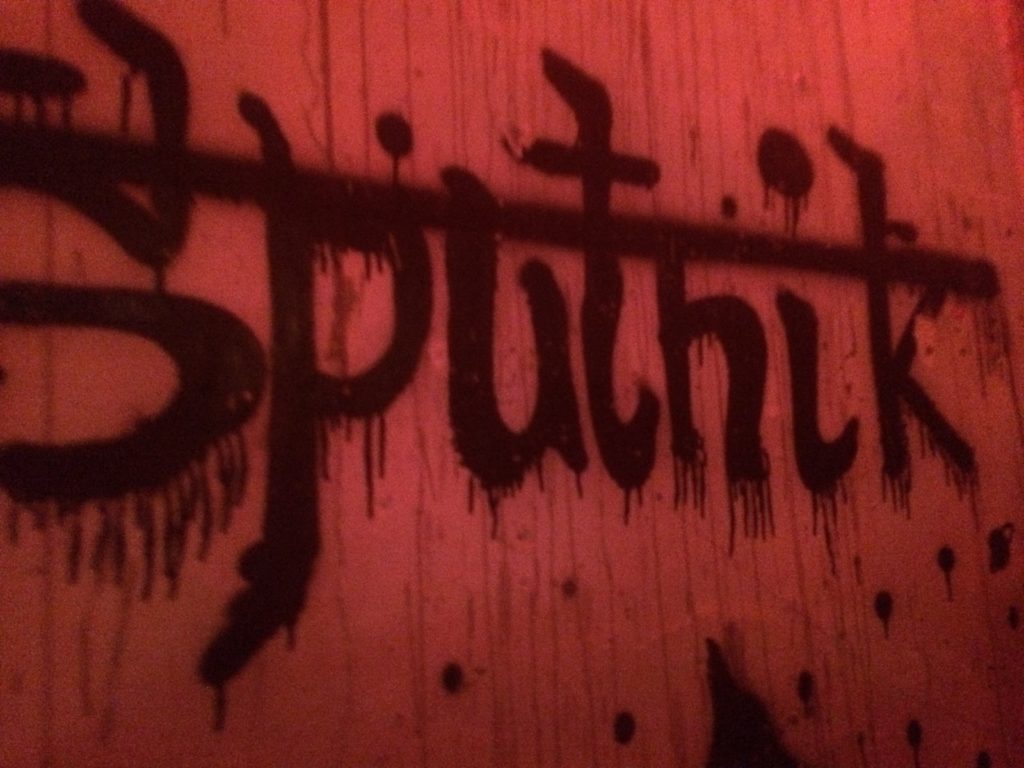
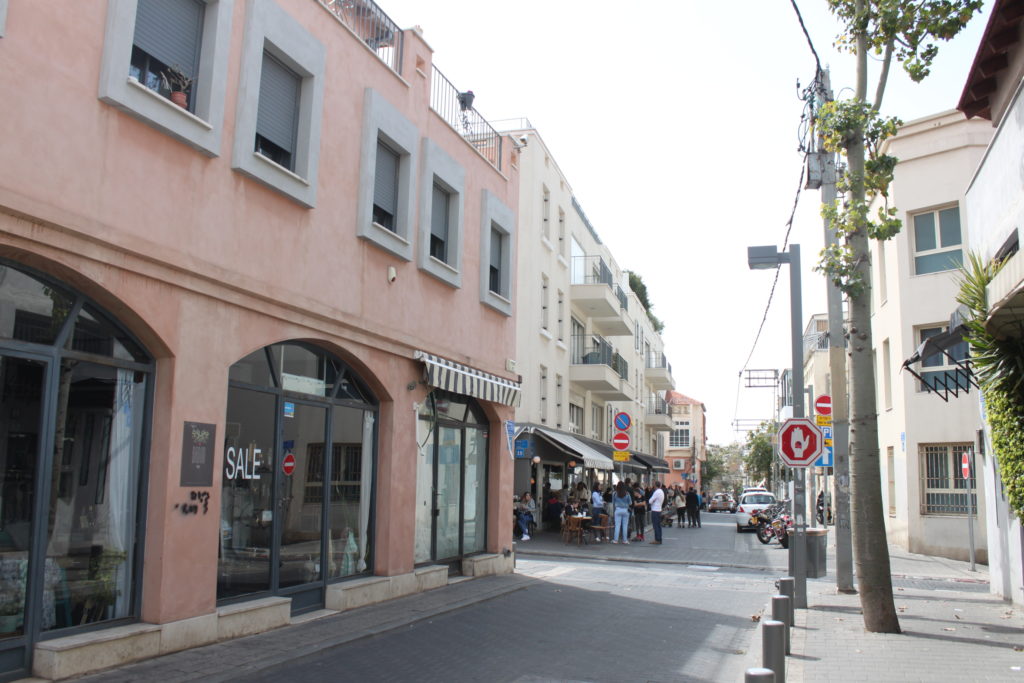
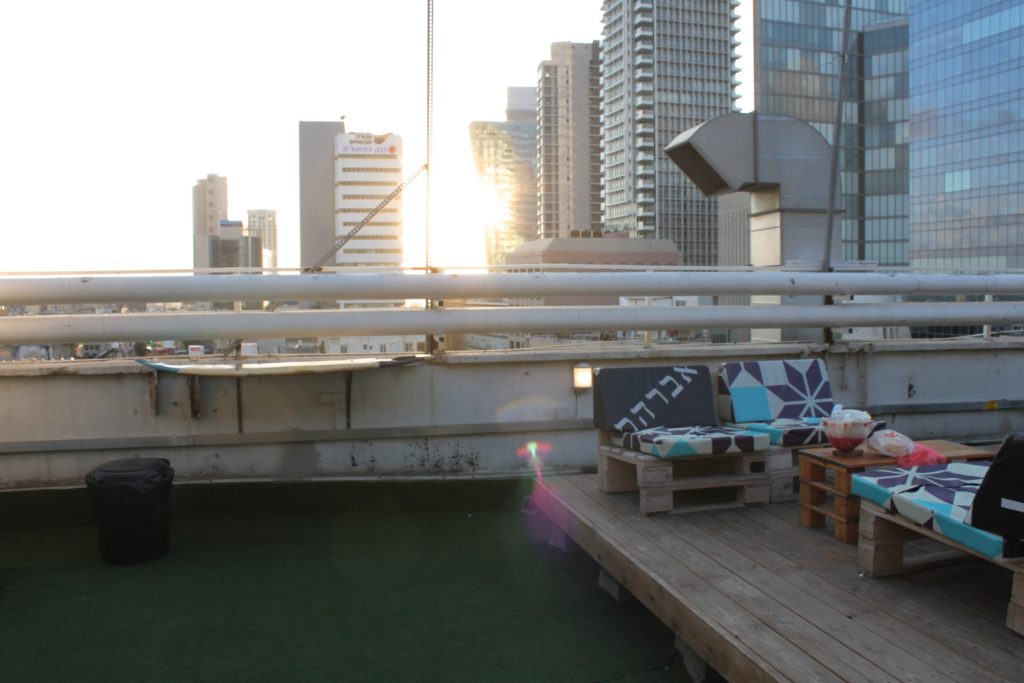
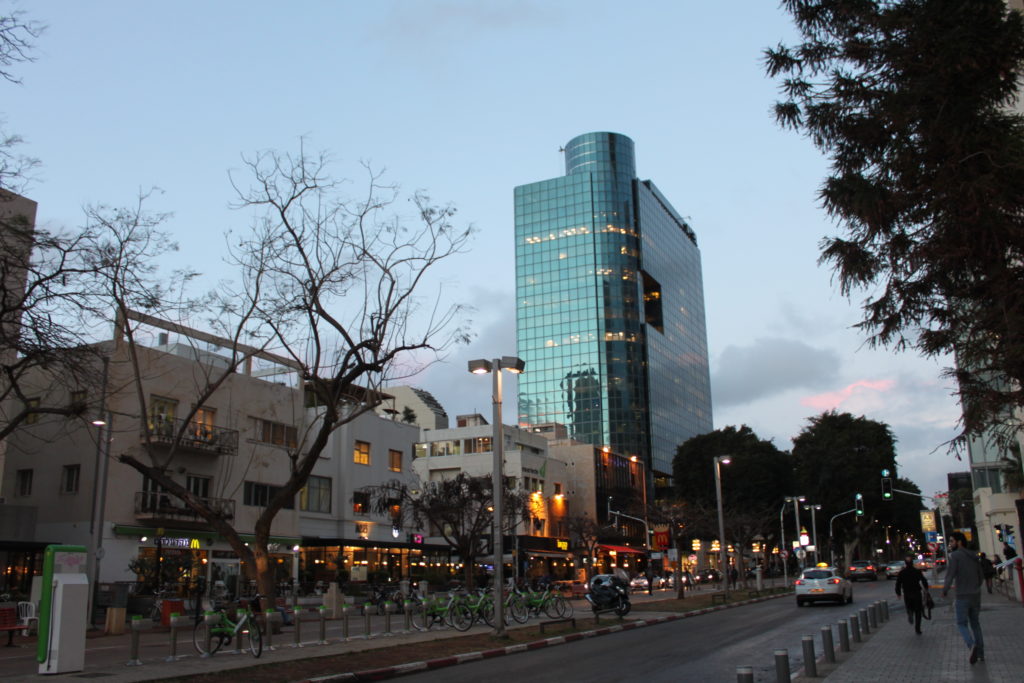
Leave a Reply